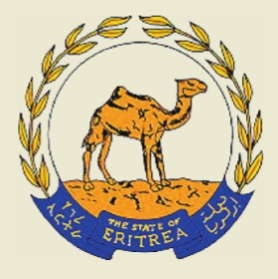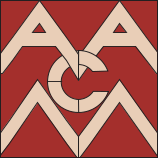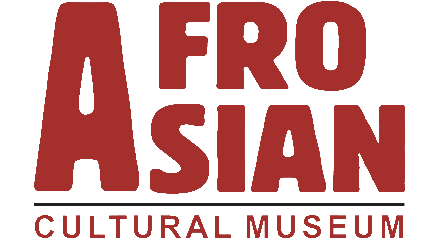Eritrea

National Flag
Eritrea, officially the State of Eritrea, is a country in Northeast Africa. It is bordered by Sudan in the west, Ethiopia in the south, and Djibouti in the southeast. The east and northeast of the country has an extensive coastline on the Red Sea, directly across Saudi Arabia and Yemen. The Dahlak Archipelago and several of the Hanish Islands are part of Eritrea. The capital is Asmara. The country is virtually bisected by one of the world's longest mountain ranges, the Great Rift Valley. Eritrea declared its independence and gained international recognition in 1993. Eritrea is a single-party state - whilst its constitution, adopted in 1997, is a presidential republic with parliamentary democracy.

Emblem
Profile:
Official Name - State of Eritrea
Nationality - Eritrean
Chief City - Asmara
Location - Northeast Africa
Population - 4,401,009
Area - 117,600 km2
Official Languages - Tigrinya
Government - Transitional government
Currency - Nakfa (ERN)
Independence - From Italy -November 1941, From Ethiopia de facto - 24 May 1991, From Ethiopia de jure - 24 May 1993

Map
national anthem
Ertra, Ertra, Ertra,
Beal dema'nalkese tedemsisu,
Meswaéta bharnet tdebisu.
Mewaél nekhisa'b élame,
TémErti tsnt koynu sma,
Ertra za haben wtsuAt,
Ameskira haki kem téwet.
Ertra, Ertra,
Ab alem chebitato gbué kbra.
Natsänet zemtsä' lä'ul nihh,
N'hntsa n'lm'at k'serihh,
S'lthane k'nelbsa grma,
Hihdri-lena gmja k'nslma.
Ertra, Ertra,
Ab alem chebitato gbué kbra.
TRANSLATION
Eritrea, Eritrea, Eritrea,
Her enemy decimated,
and her sacrifices vindicated by liberation.
Steadfast in her goal,
symbolizing endurance,
Eritrea, the pride of her oppressed people,
proved that the truth prevails.
Eritrea, Eritrea,
holds her rightful place in the world.
Dedication that led to liberation,
Will build up and make her green,
We shall honor her with progress,
We have a word to her to embellish.
Eritrea, Eritrea,
holds her rightful place in the world.

Colourfully robed priests celebrating the festival of Meskal

Dankalia, Badda, Afar man portrait
economy
The economy is largely based on agriculture, with 80% of the population involved in farming and herding. The only natural disaster that sometimes affects Eritrea is drought.
languages
Many languages are spoken in Eritrea today. There is no official language as such, but Tigrinya and Arabic are the two predominant languages. Primarily Tigre and Tigrinya are spoken as a first language by majority of the population. For official purposes Italian and English are widely understood.
religion
Eritrea has two dominant religions, Islam and Christianity, with approximately half of the population St. Mary's Day Celebration belonging to each faith. Most Muslims follow Sunni Islam. The Christians consist primarily of the Eritrean Orthodox Tewahdo Church.
people
Eritrean society is ethnically heterogeneous. Tigrinya people and the Tigre people together make up about 80% of the population. The rest of the population is Saho, Hedareb, Afar, and Bilen.
sports
Popular sports in Eritrea are football and bicycle racing.
culture
The Eritrean region has traditionally been a nexus for trade throughout the world. Because of this, the influence of diverse cultures are seen throughout Eritrea. Throughout Asmara the capital, there are small cafes serving beverages common to Italy. In Asmara, there is a clear merging of the Italian colonial influence with the traditional Tigrinya lifestyle. Traditional Eritrean dressing is brightly colored clothes, while the Tigrinya traditionally dress in bright white costumes. Of the Muslim ethnicities, only the Arab or Rashaida tribes women maintain a tradition of covering their faces.

St. Mary's Day Celebration

Eritrean Woman Wearing Hair Ornaments

A farmer attends a weekly animal market

Woman in Traditional Arabic Clothing

Eritrea Government building

Eritrea, Rashaida woman preparing lunch


